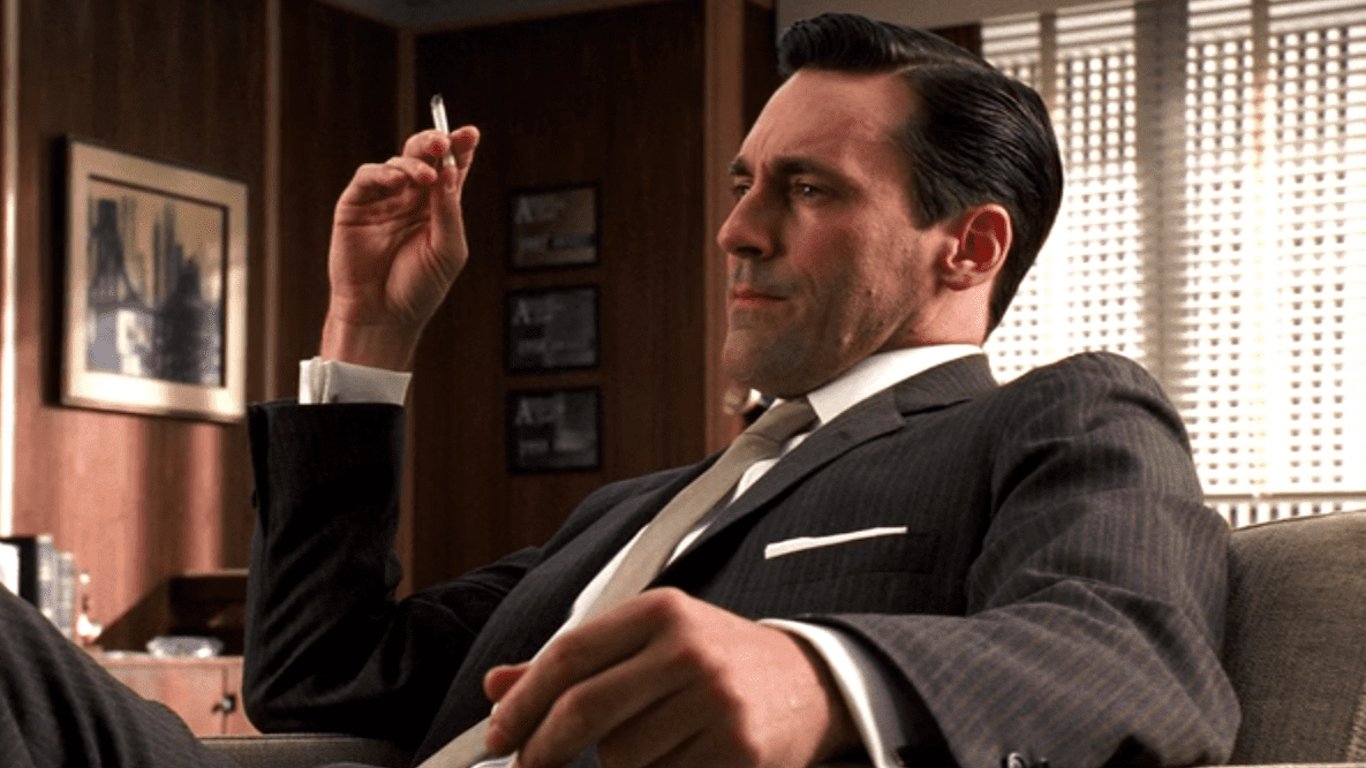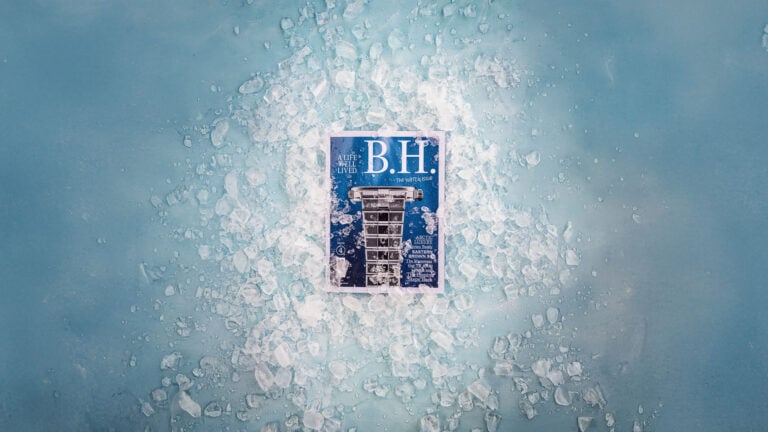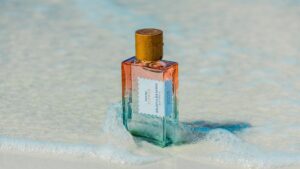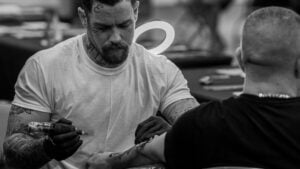When it comes to men’s health, hair loss is — without a doubt — a top concern. I think I can safely speak for most blokes when I say the only thing that craters your self-esteem more than a receding hairline is when your todger doesn’t work as nature intended.
But for those out there fretting about those corners being pushed back, you may be relieved to learn your hairline isn’t receding in a concerning fashion. Instead, you may have what’s known as a mature/maturing hairline.
Yes, there is a difference. So before you man the panic stations and hit up your local GP for a prescription of Finasteride, industrial strength Rogaine; order whatever powdered animal genitalia from the Far East; or book a flight to Turkey, read on.
RELATED: The Top Anti-Dandruff Shampoos In Australia Right Now
Jump To:
What is a mature hairline?
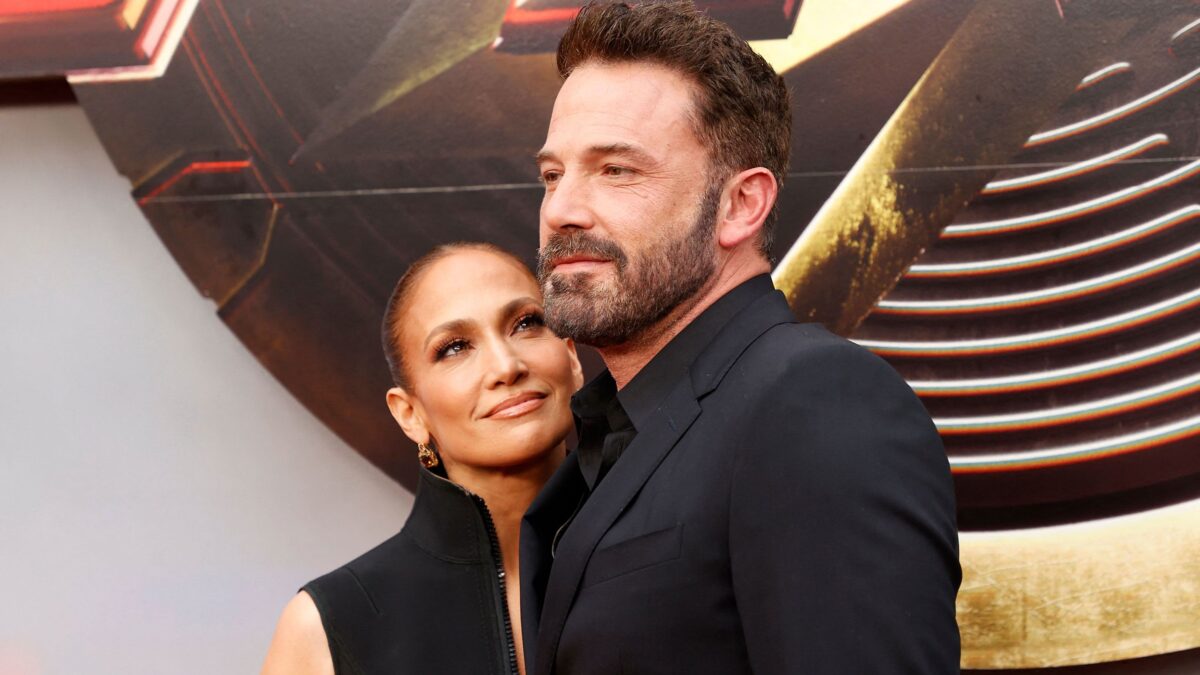
While a maturing hairline is still technically a receding hairline, it’s far less dramatic in both the speed and amount of hair you lose, and comes naturally with age.
Typically, the line of hair will gradually move 2-3 centimetres from the original position (also known as a juvenile hairline) over several years. Usually starting from around the temples to create a defined widow’s peak effect.
This follicle development begins to occur anytime between the ages of 18 and 30 (essentially any time after puberty ends), though given how incremental the change is, you might not notice it until later on. Note that only 5% of caucasian men reach their 30s with the same hairline they had in their youth.
Maturing Hairline vs Receding Hairline
Maturing hairlines and receding hairlines can generally be compared as follows.
| Mature Hairline | Receding Hairline | |
| Hairline shape | V-shaped (widow’s peak) | M-shaped |
| Hair loss speed | Gradual, over several years | Quick, begins at a young age |
| Symptoms | Hairline moves from the temples (~1.5 centimetres from original/juvenile hairline) | Rapid hair loss from temples, forehead, and sometimes from the crown (>1.5 centimetres from original/juvenile hairline) |
| Cause | Age | Male pattern baldness (genetics)/stress/lifestyle factors |
RELATED: 5 Common Mistakes Blokes Make With Their Hair (And How To Easily Fix Them)
Why does hair loss occur?
According to the Wimpole Clinic, most hair loss happens as a result of hormone production in the body.
Dihydrotestosterone (DHT), a by-product of testosterone being metabolised, binds with hair follicles. This causes them to shrink and eventually fall out.
The clinic explains: “Certain smaller amounts of DHT in the body will cause a hairline to recede, producing either a mature hairline or (in the case of higher DHT) a receding hairline. Men who produce high amounts of DHT are more likely to experience genetic hair loss such as male pattern baldness.”
As alluded to in the table above, there are, however, other potential reasons for hair loss around the temples and forehead, e.g. wearing your hair in a tight ponytail or top knot can lead to something known as traction alopecia. But unlike a receding hairline, traction alopecia is often reversible.
There’s also the matter of stress, genetic factors such as male pattern baldness (80% of cases are hereditary), and so forth.
What’s considered a normal amount of hair shedding?
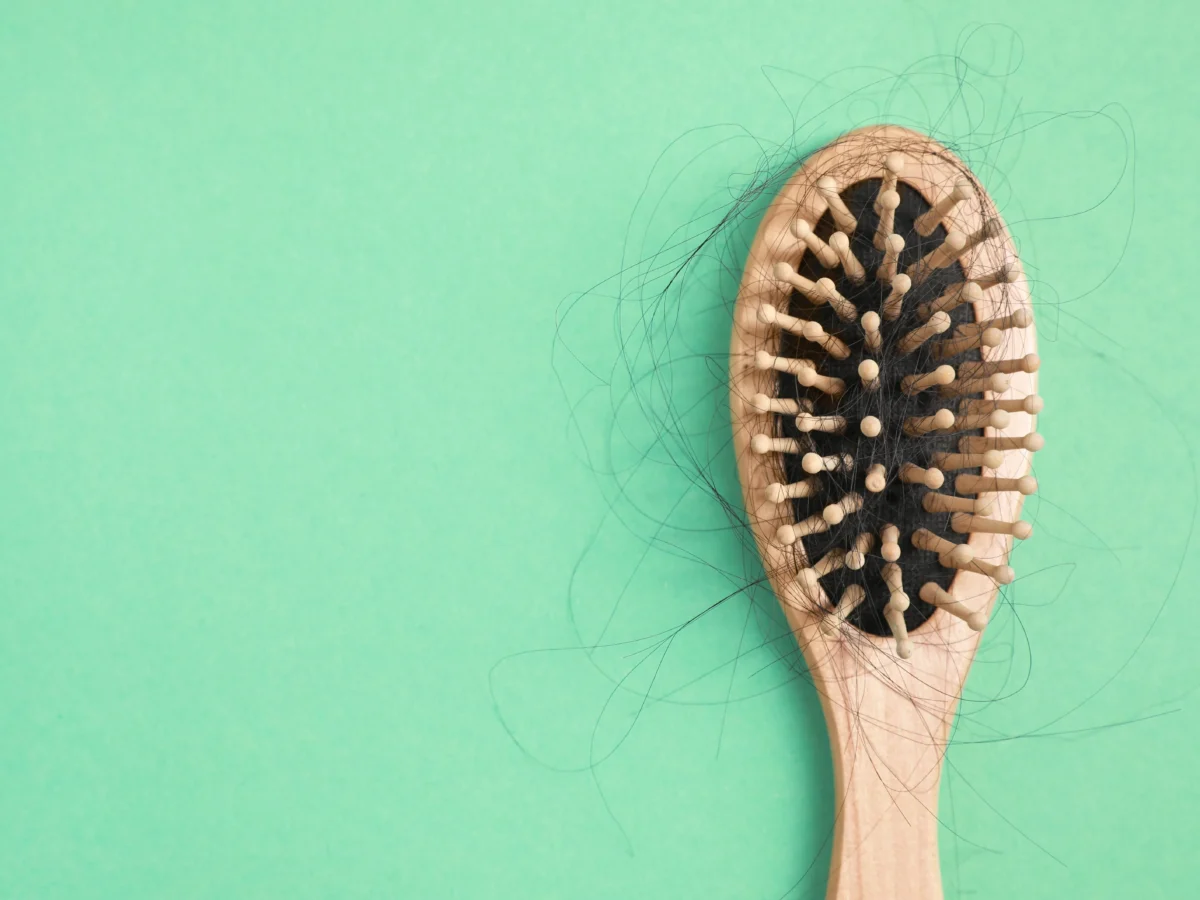
The American Academy of Dermatology Association indicates shedding between 50 and 100 hairs a day is nominal. If you find more than that on your pillow or shower drain, this excessive shedding (medically known as telogen effluvium) is often attributed to the following stressors for men:
- Quick/considerable weight loss (10 kilos or more)
- Stress
- High fever
- Recovering from an illness (especially if it included a high fever)
- Undergone a recent operation
RELATED: LG Has Developed A Hair Growth/Regrowth Helmet
The mature hairline test
- Is your hairline V-shaped (mature) or M-shaped (receding)?
- Is the hair loss mostly happening around the temples (mature) or around the forehead and crown as well (receding/balding)?
- Is the hair loss happening across multiple years (mature) or even quicker than that (receding)?
- Is your hairline now roughly an inch above where it used to be (mature) or more than that (receding)?
- Are you shedding more than 50-100 hairs per day (receding) or are you within the range (mature)?
- Do you have some small, fine hairs in front of your hairline (mature) or a lot (receding)? Too many fine hairs signal the miniaturization of the follicles which, as per Pilot, is a hallmark of recession/going bald.
Other key characteristics of a maturing hairline are that it recedes evenly and remains well-defined, as well as the fact there’s zero thinning or even loss around the scalp.
When in doubt, refer to the Hamilton-Norwood Scale…
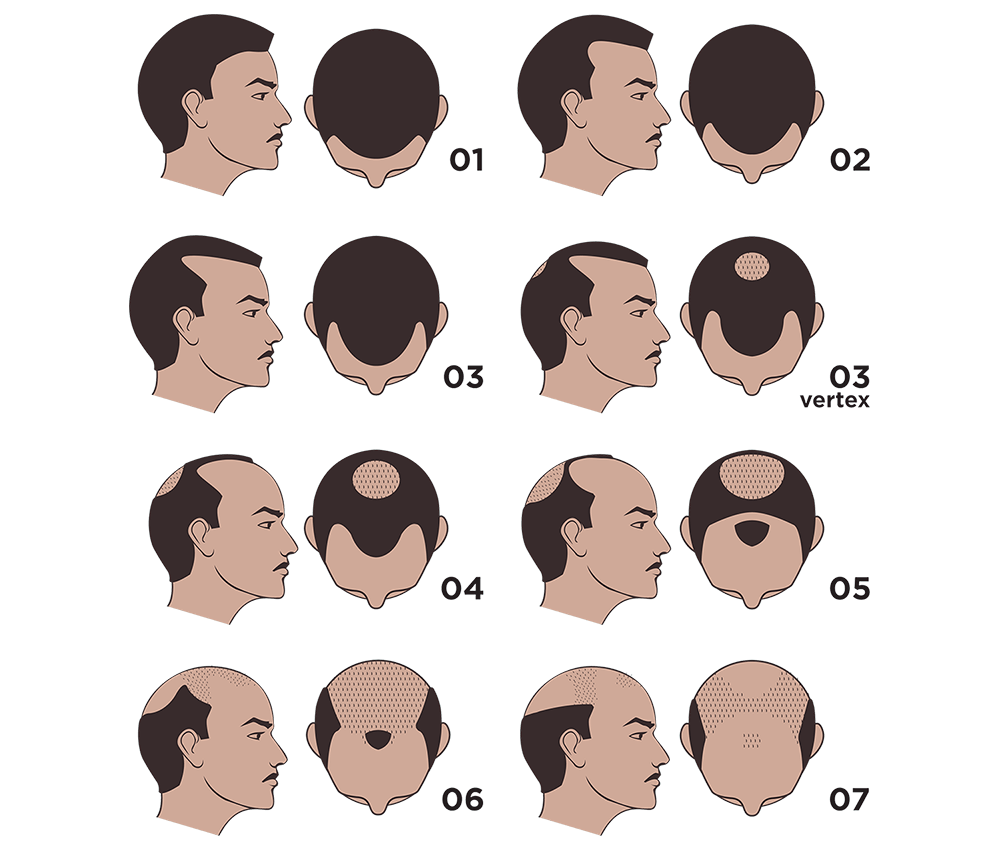
- Stage I = no hair loss
- Stage II = maturing hairline
- Stage III-VII = receding hairline
RELATED: 19 Haircuts For Men To Consider In 2024
Examples of a mature hairline
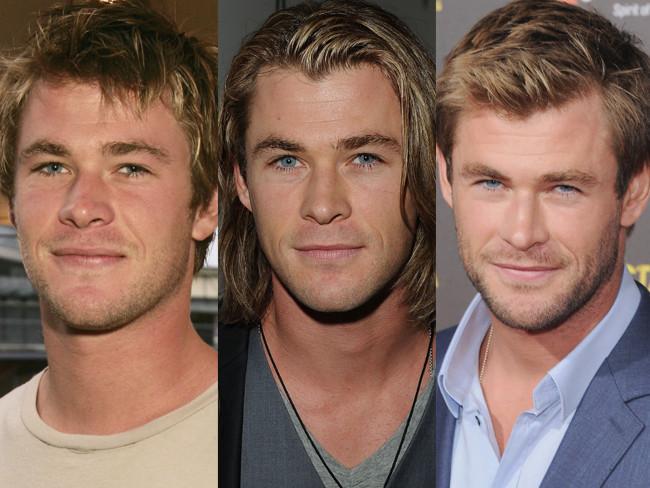

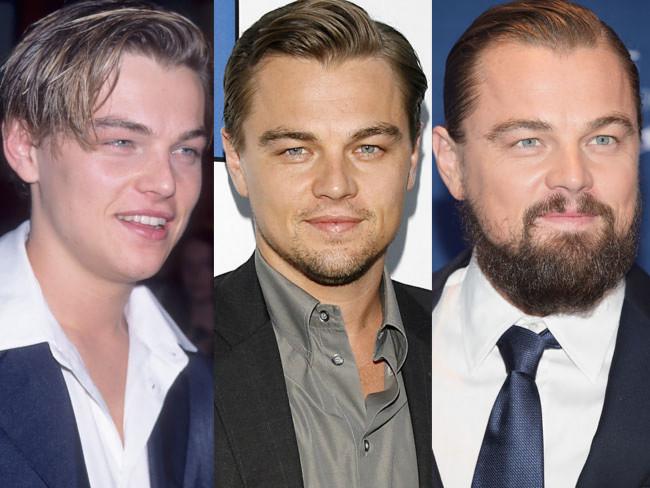
Tips to maintaining healthy hair
Unfortunately, at this stage, there’s nothing we can really do about our genetics. This is why maintaining a healthy head of hair involves a healthy lifestyle:
- Diet
As with most matters of health, nutrition cannot be ignored. Protein, zinc, and iron are beneficial. - Exercise
Keeping the extra weight off and improving blood flow has been clinically linked to improved growth. - Sleep
Granted, sleep deprivation doesn’t directly instigate hair loss, but it does lead to stress which has been known to be a hair loss factor. - Stress
No explanation required. Keep the levels down.
In terms of hygiene:
- Wash your hair appropriately — more frequently if you’re an oily operator, less frequently if it’s drier (either due to being chemically treated or otherwise).
- Concentrate shampoo on the scalp; concentrate conditioner on the tips of the hair; use conditioner after every shampoo; and stay away from 2-in-1 products (they’re far less effective).
- Pick shampoos, conditioners, and hair products based on your hair type.
- Avoid using too much styling product and let the old shrubbery breathe.
- Brush your hair as gently as possible.
- Protect your hair from chlorine when you swim.
RELATED: The 11 Greatest Hair Products For Men Right Now (Tried & Tested)
Only when you’ve exhausted all options should you consider a medical solution. Consult a specialist beforehand.
